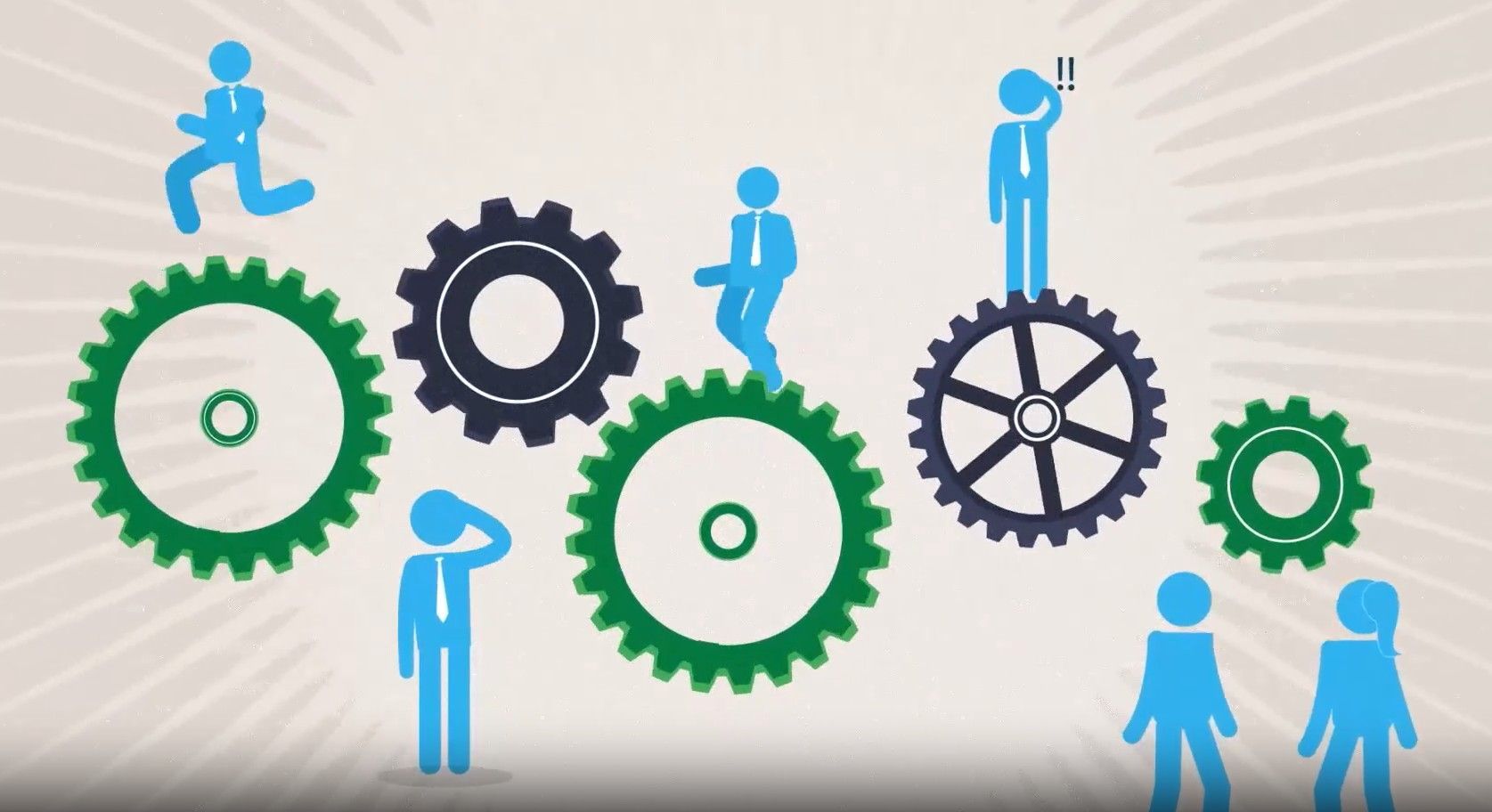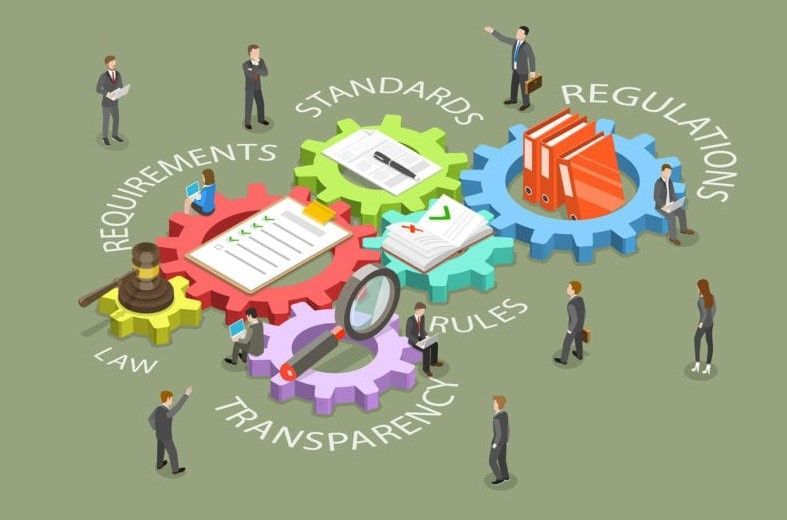Sales Are Down—Is Compensation to Blame?
August 14, 2025
Not necessarily —in fact, probably not. And neither is marketing. So, what is the likely cause?
When a company’s sales fall short, sales managers and others—CEOs, presidents, owners, senior executives—often think first of the incentive program: Is it robust enough to be competitive? Next, they wonder whether marketing is generating poorly qualified leads: Are we opting for quantity instead of quality?
While either or both compensation and marketing might need improvement, the real culprits are more likely the salespeople themselves. And, ironically, it’s usually not even their fault.
Whose fault is it, then? In our experience, the problem is not who but what—namely, the hiring process and the sales process. In fact, investing in perfecting these two processes will bring about the results you’re looking for more effectively than just about anything else you could do—including revamping your compensation or marketing plans.
The Hiring Process: The Right DNA
Perhaps as many as 50 percent of salespeople should not be in selling careers at all, and 50 percent of that group may well be in the wrong positions, explains a hiring expert we work with who specializes in building and improving sales forces. Maybe those in the wrong roles were hired to be “hunters,” people who are good at finding new customers or clients. But in reality they are more suited to be “farmers” or account managers, people who are good at retaining current customers and developing more business with them. Or sometimes they are hired as “inside” salespeople or telemarketers when they would better serve the company as customer service representatives.
Those kinds of mistakes are typically made at the point of hire. How can that happen? Hiring too quickly is often blamed for forcing square pegs into round holes—that is, acting on “gut feeling.” The oft-cited statistic is that many hiring decisions are made within the first five minutes of an interview—specifically, 30 percent. The research study that number comes from, however, was done by tracking interviewers and undergraduate and graduate students at a college job fair.*
Now, it’s possible that even in more sophisticated environments that behavior rings true: “gut feeling” decisions might be made quickly. But for final outcomes, especially for sales positions that require at least some experience, those numbers may well not apply. Hiring salespeople does take—or ought to take—more than five minutes, but the additional time is not always put to the best use. And the reason for that is the hiring process is inadequate or doesn’t even exist in a professional context. Even strong human resources departments, might not have the necessary expertise.
For a hiring process to be superior several factors need to be in place. These include complete job descriptions, an efficient sourcing process for potential candidates, assessments that match the sales DNA of the candidates to top performers in the company or industry, behavioral interviewing, a strong on-boarding process, and others. While we don’t provide this type of service, we work with people who do. If you’re interested, we’ll put you in touch with them.
The Sales Process: The Right Training
Lack of a strong consultative sales process, along with superior sales skills, is the other guilty party.
Top-producing business developers—the 20 percent who consistently bring in 80 percent of the business—possess well-developed and skilled selling behaviors and a proven process that poorer performing salespeople do not. Those skills and processes incorporate buying motives and value creators into the sales strategy and sales process.
The so-called secret is to persuade —not to educate— prospects of the greater value of your product or service over that of the competition. The good news is that those skills and the process can be taught. Perhaps even better is that, for 25 years, we’ve been teaching our clients how to do much more than simply educate prospects, which is what most salespeople do, but to persuade them. And we can do the same for your company. We are experts on building selling skills and developing customized sales processes.
We are not, however, experts in hiring. But we’ve found that when experts play a role in developing and supporting the hiring process, the work we do in sales training, sales coaching, and sales process development is leveraged. If you would like to speak hiring professionals we have identified, please contact us.
One Last Thought
The incidence of ADHD (attention deficit hyperactivity disorder) in sales positions is twice that of the population in general. Sales can be a great career choice for people with ADHD, in part because they thrive on the activity and variety that successful selling requires—especially continuously meeting new people and building relationships. (We frequently hear this from our clients.)
On the down side, they are less detail-and-process-oriented, so their success depends on sound management structure and a consistent sales process to implement. For example, a sales team with success at the top of the sales funnel gathering leads, but not further in—that is, where detailed discovery, consistent follow-up, proposal writing, and presentations take place—may not have the right sales structure or selling process.
To learn more, please get in touch with us. We can help you identify sources to improve your hiring process, and we can also discuss and assess your potential sales training needs. Just e-mail or call me at pkrone@productivestrategies.com or 847-446-0008 Ext. 1.
*Editor’s Note: This widely quoted figure is based on sound research. In practice, however, its applicability is limited because of the study’s population: 691 college undergraduate and graduate students and 166 interviewers at a college job fair. Source: “How Quickly Do Interviewers Reach Decisions? An Examination of Interviewers’ Decision-Making Time across Applications,” Rachel Frieder, PhD, and colleagues, Journal of Occupational and Organizational Psychology, June 2016.
The post Sales Are Down—Is Compensation to Blame? appeared first on Productive Strategies, Inc..










